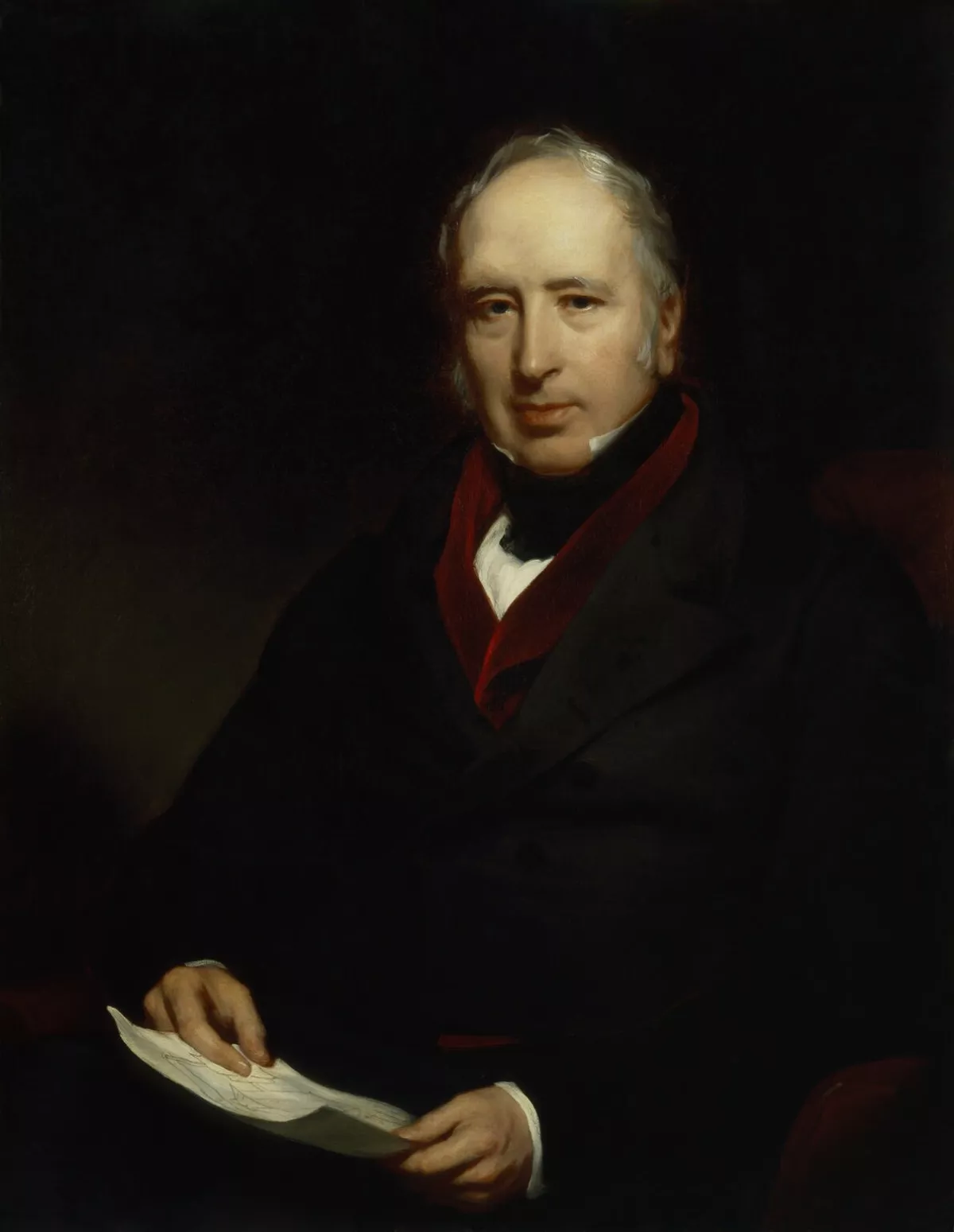 1.
1. Sir George Cayley, 6th Baronet was an English engineer, inventor, and aviator.

 1.
1. Sir George Cayley, 6th Baronet was an English engineer, inventor, and aviator.
George Cayley is one of the most important people in the history of aeronautics.
George Cayley constructed the first flying model aeroplane and diagrammed the elements of vertical flight.
George Cayley designed the first glider reliably reported to carry a human aloft.
George Cayley correctly predicted that sustained flight would not occur until a lightweight engine was developed to provide adequate thrust and lift.
George Cayley represented the Whig party as Member of Parliament for Scarborough from 1832 to 1835, and in 1838, helped found the UK's first Polytechnic Institute, the Royal Polytechnic Institution and served as its chairman for many years.
George Cayley was elected as a Vice-President of the Yorkshire Philosophical Society in 1824.
George Cayley was a founding member of the British Association for the Advancement of Science and was a distant cousin of the mathematician Arthur Cayley.
George Cayley suggested that a more practical engine might be made using gaseous vapours rather than gunpowder, thus foreseeing the modern internal combustion engine.
George Cayley contributed in the fields of prosthetics, air engines, electricity, theatre architecture, ballistics, optics and land reclamation, and held the belief that these advancements should be freely available.
George Cayley is mainly remembered for his pioneering studies and experiments with flying machines, including the working, piloted glider that he designed and built.
George Cayley wrote a landmark three-part treatise titled "On Aerial Navigation", which was published in Nicholson's Journal of Natural Philosophy, Chemistry and the Arts.
George Cayley experimented with rotating wing sections of various forms in the stairwells at Brompton Hall.
George Cayley discovered the importance of the dihedral angle for lateral stability in flight, and deliberately set the centre of gravity of many of his models well below the wings for this reason; these principles influenced the development of hang gliders.
George Cayley died in 1857 and was buried in the graveyard of All Saints' Church in Brompton-by-Sawdon.
George Cayley is commemorated in Scarborough at the University of Hull, Scarborough Campus, where a hall of residence and a teaching building are named after him.
George Cayley is one of many scientists and engineers commemorated by having a hall of residence and a bar at Loughborough University named after him.
The Sir George Cayley Sailwing Club is a North Yorkshire-based free flight club, affiliated to the British Hang Gliding and Paragliding Association, which has borne his name since its founding in 1975.